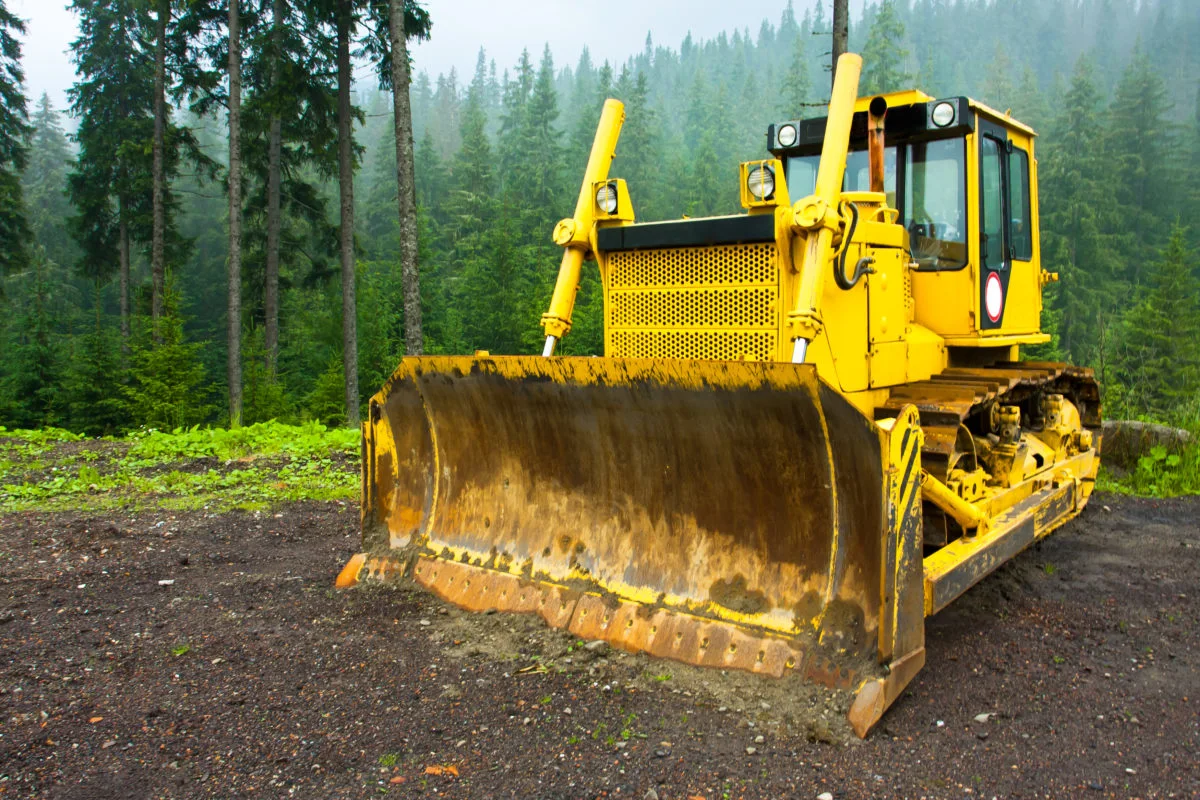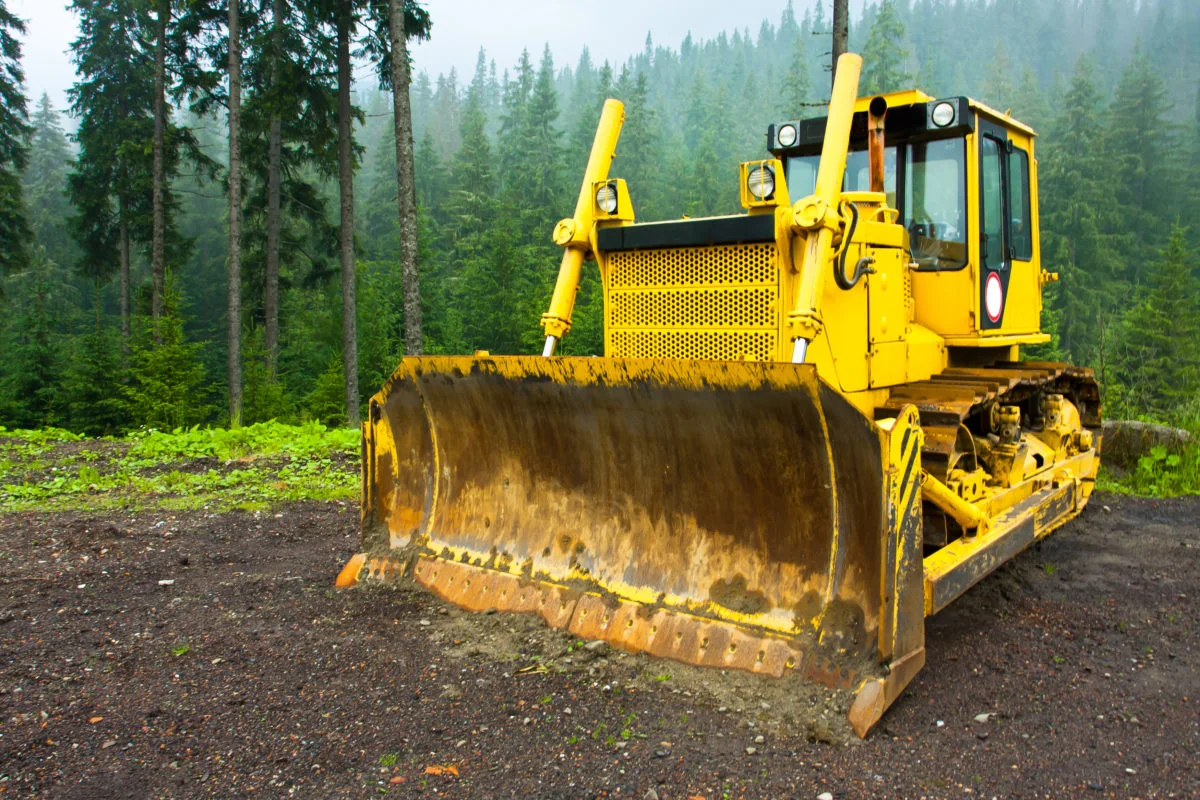
Canadian wildlife habitats inadequately protected: Report
A recent report released by the World Wildlife Fund (WWF) suggests that 84 per cent of Canadian habitats with at-risk wildlife species are inadequately protected. While provincial parks, national parks, and conservation areas fall under the purview of government regulations, protecting them against urbanization and industrial development, the habitats of many of Canada’s at-risk species—including forests, grasslands, and bogs—are “open for business,” says James Snider, vice president of science, research, and innovation with WWF. “[The species] have undergone serious reductions in numbers over the last couple years or so.”
According to Snider, there are approximately 600 Canadian species designated at risk, many of whom do not reside in Canada’s protected areas. Everything from the Northwest Territories’ grizzly bears, barren-ground caribou, and wood bison to Quebec and Southern Ontario’s snapping turtles and Jefferson salamanders.
While some of these species are able to adapt to changes in the landscape, most are dependent on their habitats. According to the WWF report, 76 per cent of physical habitats are inadequately protected against human encroachment, 91 per cent of physical habitats do not have adequate shoreline protection, and 74 per cent of habitats with high densities of forest biomass are inadequately protected.

Many of these unprotected habitats also pose a threat to climate change. Wetlands, grasslands, and bogs are among some areas that store carbon. Snider points to the Hudson Bay lowlands as an example where massive amounts of carbon are stored in peatlands. If these areas were to be converted or developed, the stored carbon would be released into the atmosphere, speeding up global warming. According to the report, Canada is already warming at twice the global rate.
Steps, however, are being taken to prevent habitat loss in Canada. “A really large effort is underway right across the country,” Snider says. The federal government has committed to protecting at least 17 per cent of terrestrial space and inland waters, prime real estate for at-risk species and carbon storage.
The federal government is also investing $100 million in the protection of these areas over the next 15 months. And provincial, territorial, and municipal governments are being empowered to take responsibility for unprotected habitats. Snider says these levels of government will play a significant role as land managers, “identifying places and working to secure appropriate management guidelines for those places so that they are designated as protected.”
Increasingly, Indigenous communities are also playing a significant role in protecting these habitats. “We’re looking to First Nations, Metis, and Inuit communities to identify and protect these important places,” Snider says.
While Canada’s population and urban sprawl continues to expand, Snider says it’s important to keep the natural landscape in mind. He sees preserving these unprotected areas as an opportunity to invest in the future well-being of Canada’s wildlife. “We need to be managing and using our land and our oceans in a way that has both values for wildlife and in terms of the carbon that’s stored there.”
Original article by Andrew Cruickshank for Cottage Life.










